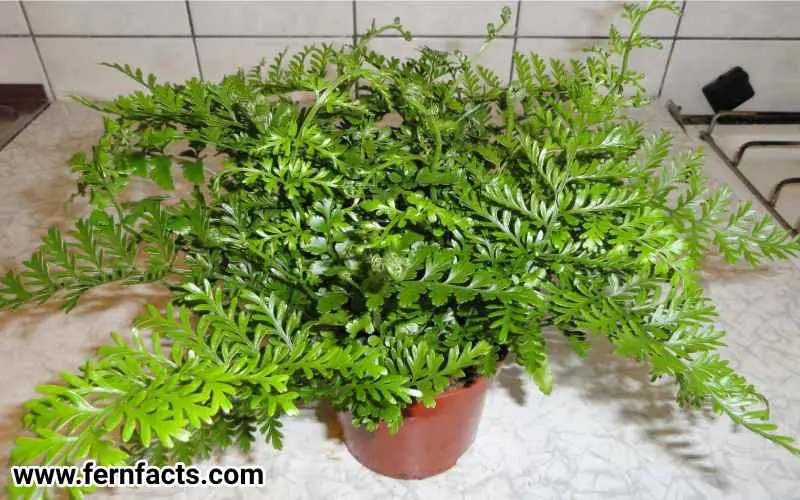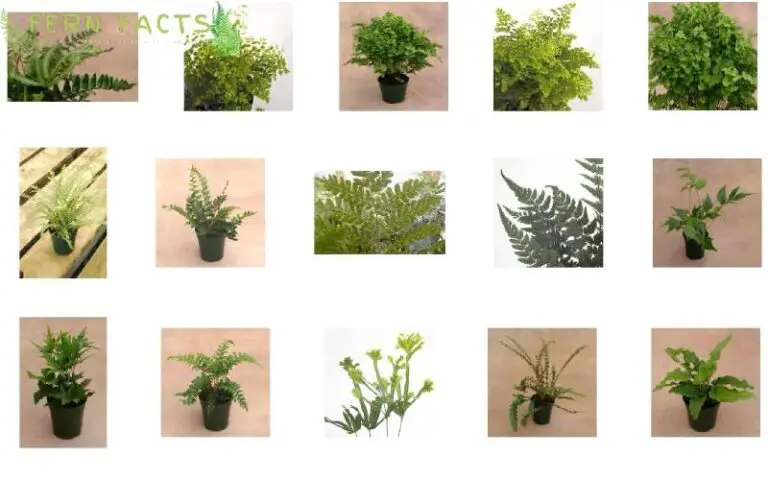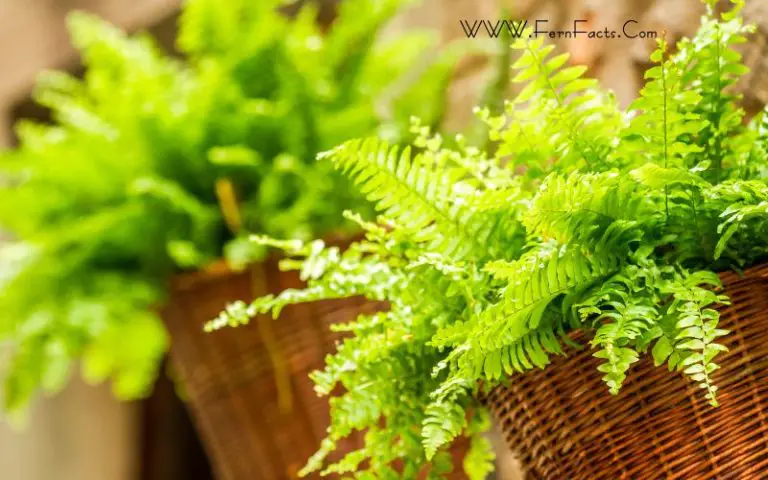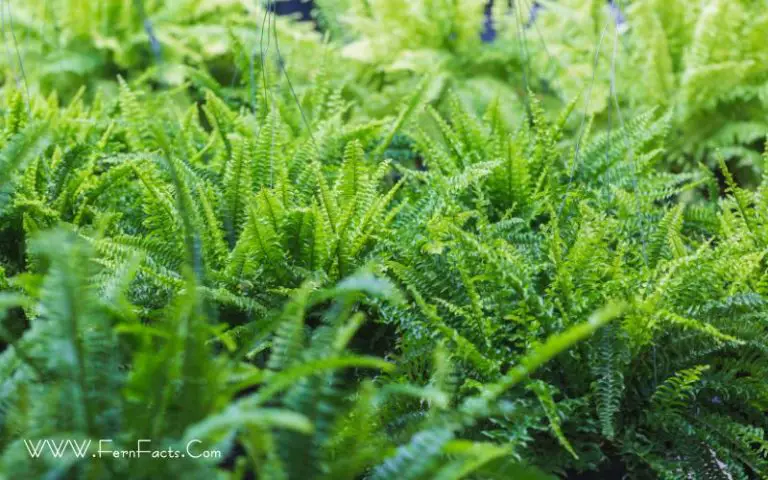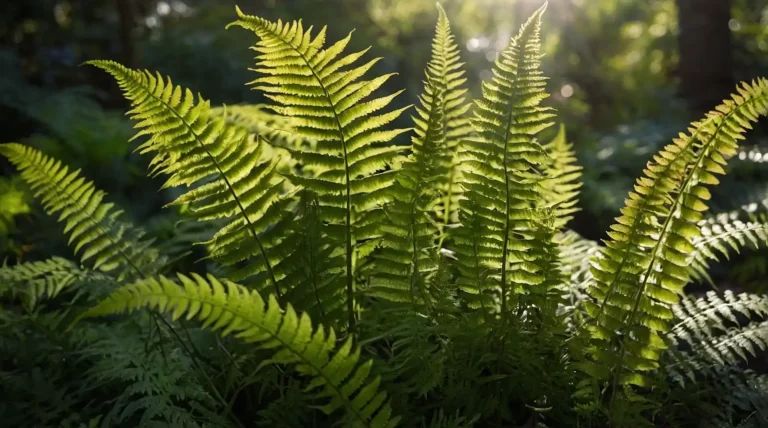Asplenium Parvati (Mother Fern) – Grow and Care Tips
If you want to grow hybrid ferns then mother fern (Asplenium Parvati) would be an amazing option for you to have. Their beautiful bright green textured foliage is quite different from other ferns.
Although they are quite expensive since they are hybrid ferns of Austral gems. Still, if you are a true plant enthusiast, then money won’t be a barrier to you for collecting these charming ferns in your home garden.
If you are interested to know more about these ferns, read the article rigorously. Here I’ll be sharing their overall characteristics along with their growing requirements.
Side by side, I’ll also talk about their common problems and give you propagation tips so that you can easily grow these ferns at your house. So let’s begin with the overview of mother fern’s characteristics.
Overview of Mother Fern
- Botanical name: Asplenium Parvati
- Plants: Perennial
- Native range: Australia
- Native habitats: moist, shady forests, rock, crevices, etc.
- Shade requirements: partial shade to full sunlight
- Height: around 25 cm
- Soil: well drainage soil with good moistness.
- Tolerance: drought
Mother ferns or Asplenium Parvati have very prominent dark green foliage that is very different from other fern fronds.
Their fronds are the shiny fronds that give a plant a shiny and robust appearance throughout the years. These Parvati ferns can tolerate drought to some extent.
However, they can also tolerate dry conditions if the temperature fluctuates to their ideal condition. In Australia, these ferns are usually called Austral gems which are mostly created in a hybrid way from Austral ferns.
Since they are hybrid ferns, they are quite expensive compared to other normal ferns.
Basic Growing Requirements of Asplenium Parvati (Mother Fern)
Let’s go through their basic growing requirements so that you can have these ferns at your house.
Light
These Mother ferns require a medium level of lighting. Thoroughly, they prefer partial shade to fully shaded places so that they can thrive actively.
That’s why try to avoid direct sunlight exposure to your Mother ferns because it can scorch their fronds. Prefer, you place them to North facing windows to give their perfect light conditions.
Water
For watering your Mother ferns, the goal is to keep the soil moist and damp. Don’t over water because it can give you fern rotten roots.
Also, don’t let the water sit on the edges of the pots, it will lead your mother fern to have rotten roots by logging their water. Just weekly water once to your Mother’s ferns, it will be enough to keep the soil moist.
Similarly, in winter try to reduce your watering level as they don’t need much watering at that time. In winter times you can water your mother’s ferns twice a month.
Soil
For making their soil mixture, try to mix the soil with a lot of peat-based. Also add perlite, vermiculite, leaf mold, and coconut coir to make the soil more well-drained.
Temperature and Humidity
These Mother ferns generally prefer medium to cool environments. Therefore, their ideal atmosphere is between 18°C to 24°C. Although they can tolerate drought, too much drought can stop their growth.
Therefore, don’t leave your mother ferns in a drought condition for too long. As they prefer a mostly cool atmosphere, humidity is not an issue for your mother ferns.
They can adapt to a moderate to low humidity atmosphere as long as their soil is moist enough.
Fertilizer
These Mother ferns don’t generally require much feeding. Still, you can feed your mother ferns with a basic water soluble fertilizer during their growing seasons.
Just apply fertilizer on a weekly basis during their growing seasons; it will boost their growth to some level.
Pruning
These mother ferns do require much cutting and pruning. However, you can just pull off their brown, dead, and damaged fronds to make them look more appealing as indoor plants.
Common Problems of Mother Ferns (Asplenium Parvati)
The most common problem of these hybrid mother ferns is overexposure to sunlight. These ferns are very sensitive to excessive sunlight. If they get excessive sunlight, their fronds will get scorched and brown, likely to burn.
Therefore, you need to ensure that your mother ferns don’t get too much sunlight. Make sure you place them in an indirect shaded place so that they can get dappled sunlight.
Propagation of Mother Ferns (Asplenium Parvati)
Physically dividing your mother ferns (Asplenium Parvati) would be a hassle-free task to do. Here are the guidelines for the propagation of your Parvati mother ferns.
- First, take your mature motherferns. Make sure they are at least 2 to 3 years old only then they will mature plants.
- Now remove the plant from the pot or container. Slightly wet the soil and press the pots to remove the plant from the pot.
- Now that you have removed the plants, try to dust off the soil and hold the root ball.
- Afterward, divide the roots of the mother ferns while making sure each side has the same portion.
- Keep those parts aside for a couple of minutes. In the meantime, make the potting soil compost with organic compost, sand, and leaf mulch in
- Now, Place the divided parts in a pot or in a container with your new potting soil.
- Lastly, water your mother’s ferns thoroughly and keep them in an indirect place until you see new growth on them.
Finish Line
In short, these hybrid mother ferns are very elegant-looking ferns for any gardener to have. By providing them with their shaded atmosphere, and moist well-drained soil you can grow these ferns.
Also, monthly feeding and pruning will enhance their overall growth. Further, by understanding their common promises and propagation process, you’ll certainly be able to grow these motherferns at your house very easily.

